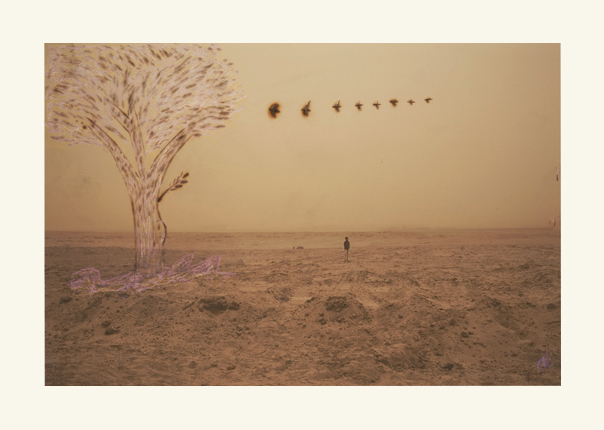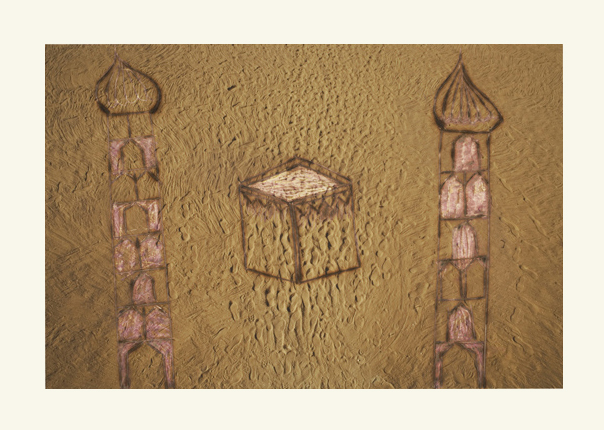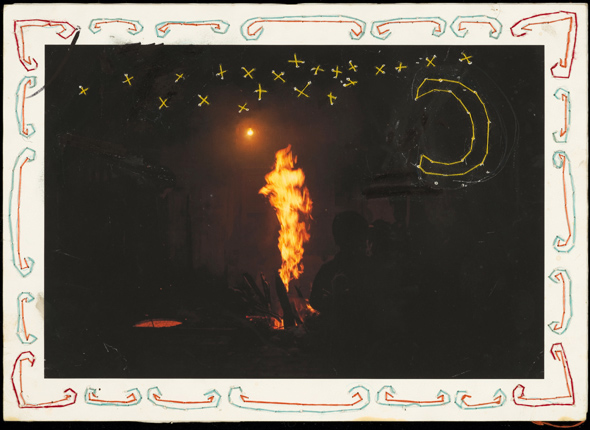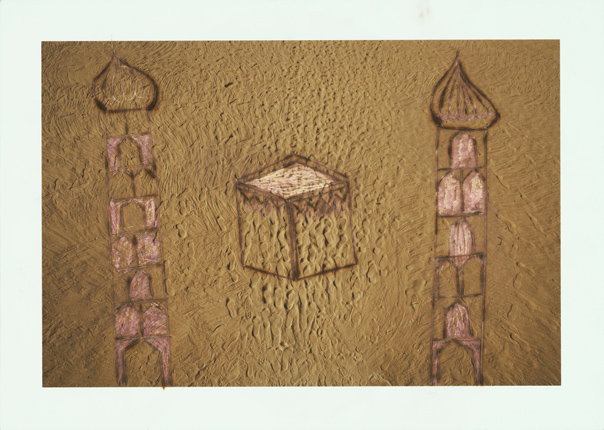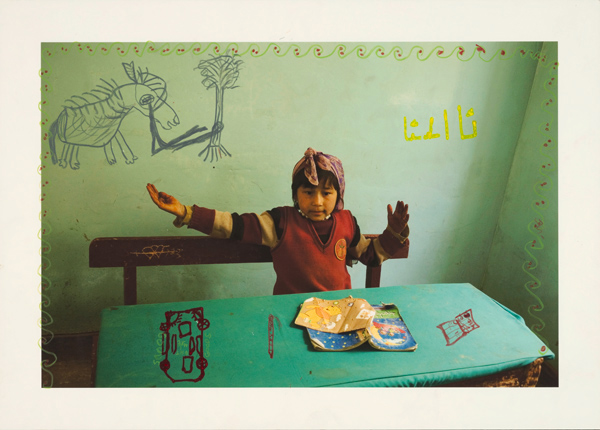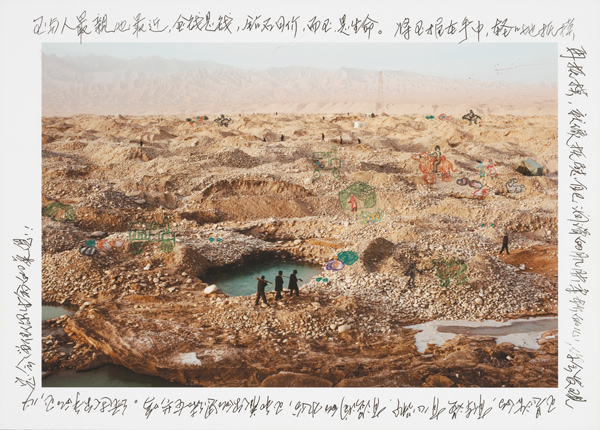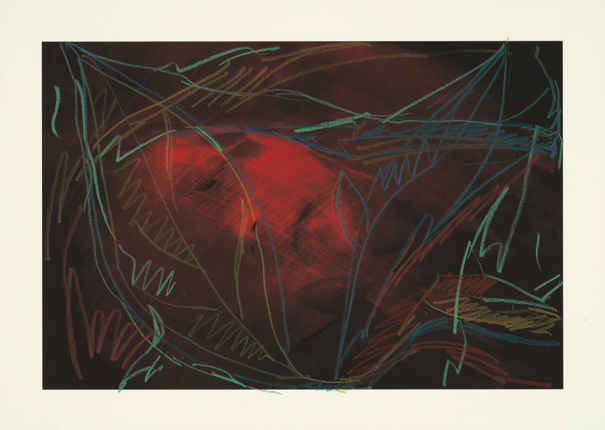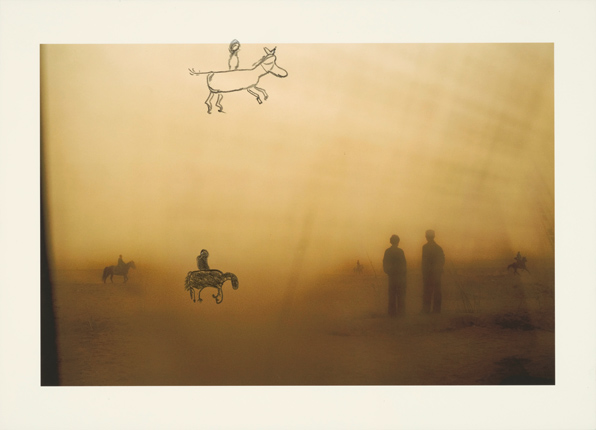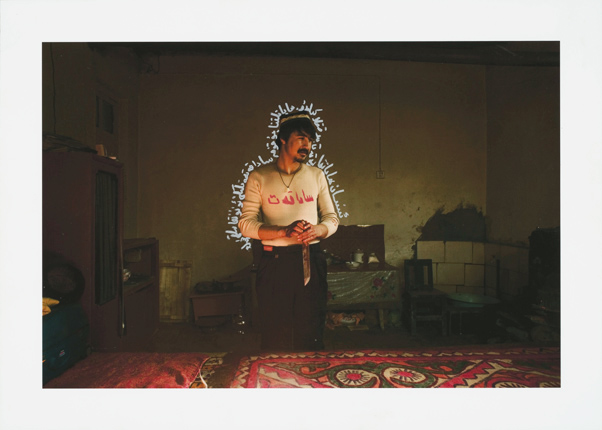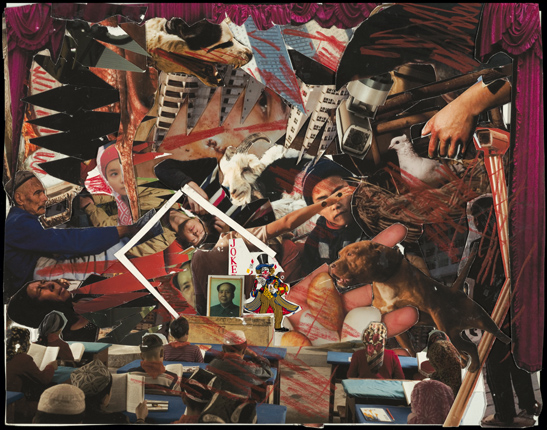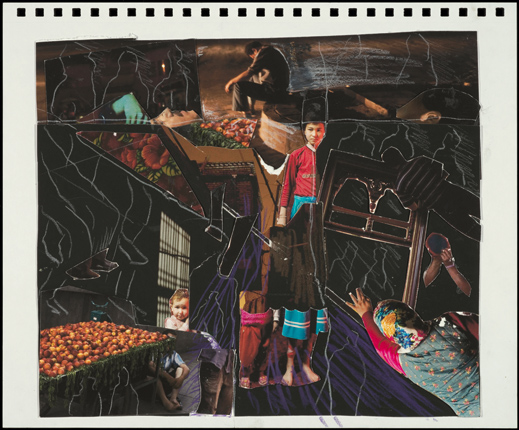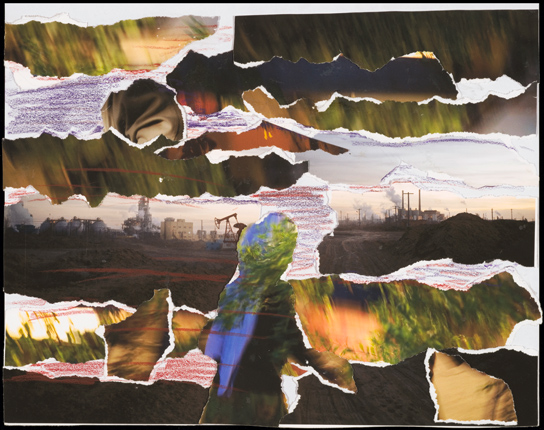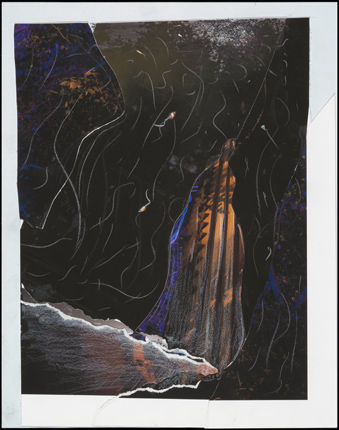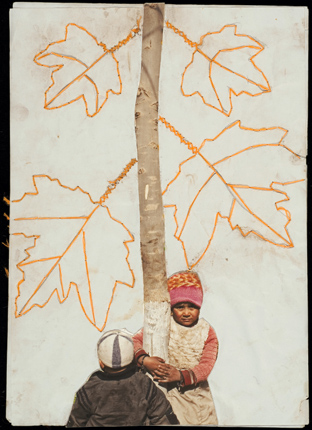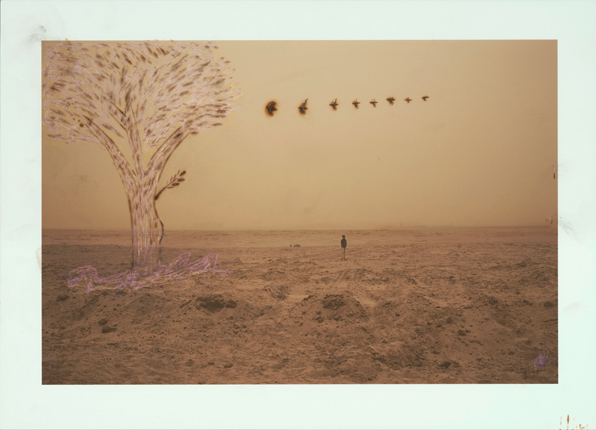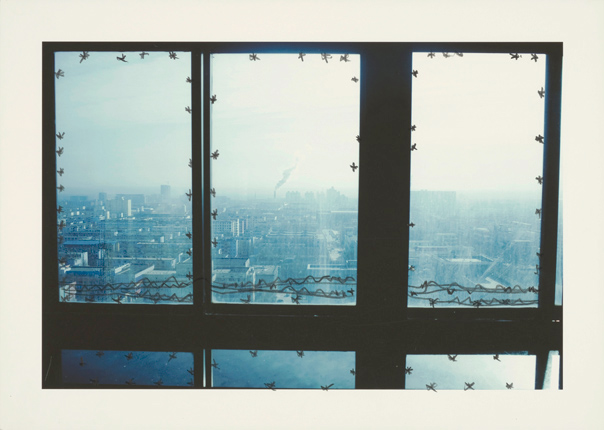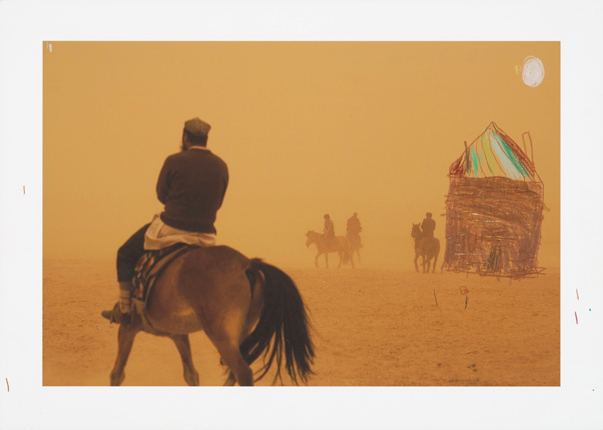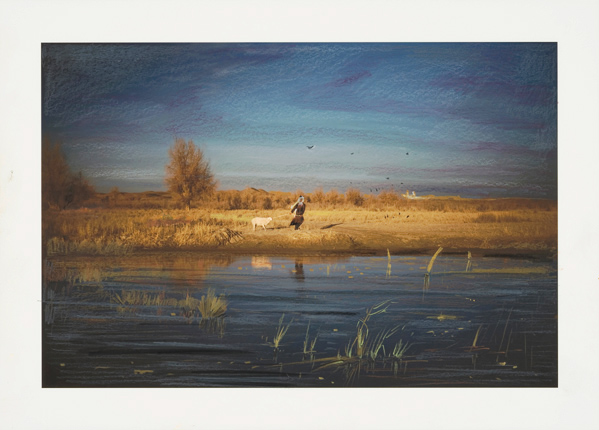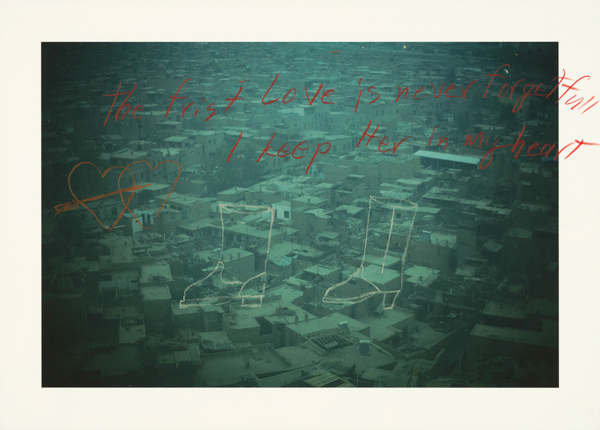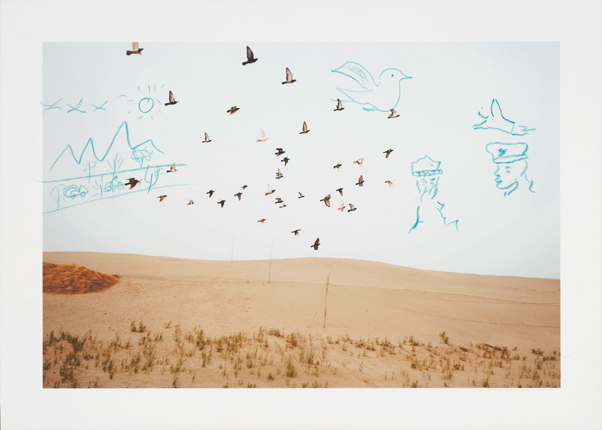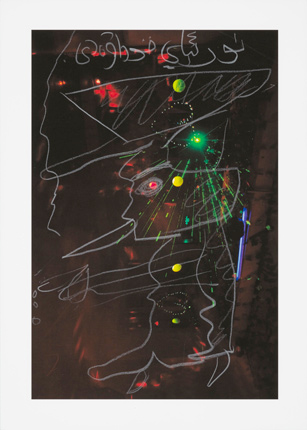The Xinjiang Uyghur Autonomous Region is a remote province, 2,000 miles from Beijing. I visited many times between 2007 and 2013, staying in Uyghur villages and cities on the edge of the Taklamakan desert. The landscape changed on each visit – historic Uyghur neighborhoods were being torn down and rebuilt as modern Chinese cities, a result of government development policy. Uyghurs moved from houses with shaded courtyards into apartments, and more and more Han Chinese filled the streets, drawn by jobs in schools, construction, and companies extracting natural resources from the land. In 2009, there were riots in the capital of the province, Urumqi, and hundreds of people died. Uyghurs were not permitted to speak with the press.
The political barricade between me and the people I was trying to connect with began to seem impenetrable. Uyghurs who carry on extended conversations with foreigners risk police interrogation, and foreign journalists are routinely followed and thwarted. Meanwhile, some Uyghurs are opposed to artwork (including photography) depicting living creatures, since only Allah has the power to give life. I began to look for meaning at the intersection of our views, and find ways to bring the people I was meeting into the creative process. Traveling with a box of prints, a pair of scissors, colored pencils, and a sketchbook, I asked willing collaborators to draw on, reassemble, and use their own tools on my photographs. Looking for inspiration in Uyghur approaches to storytelling, I also collected Uyghur music and literature. Among the works that stood out was Wild Pigeon, by Nurmuhemmet Yasin. An allegory of the Uyghur experience, it circulated widely after its publication in 2004, but it was met with disapproval by Chinese authorities. Yasin was sentenced to ten years in prison for “inciting separatism.” He is one among many who have been imprisoned under this charge. Yasin’s status today is unknown.

